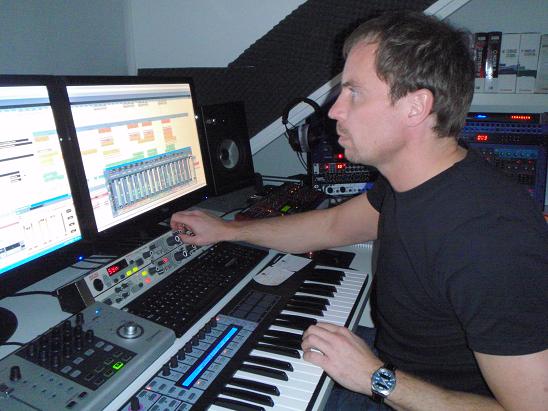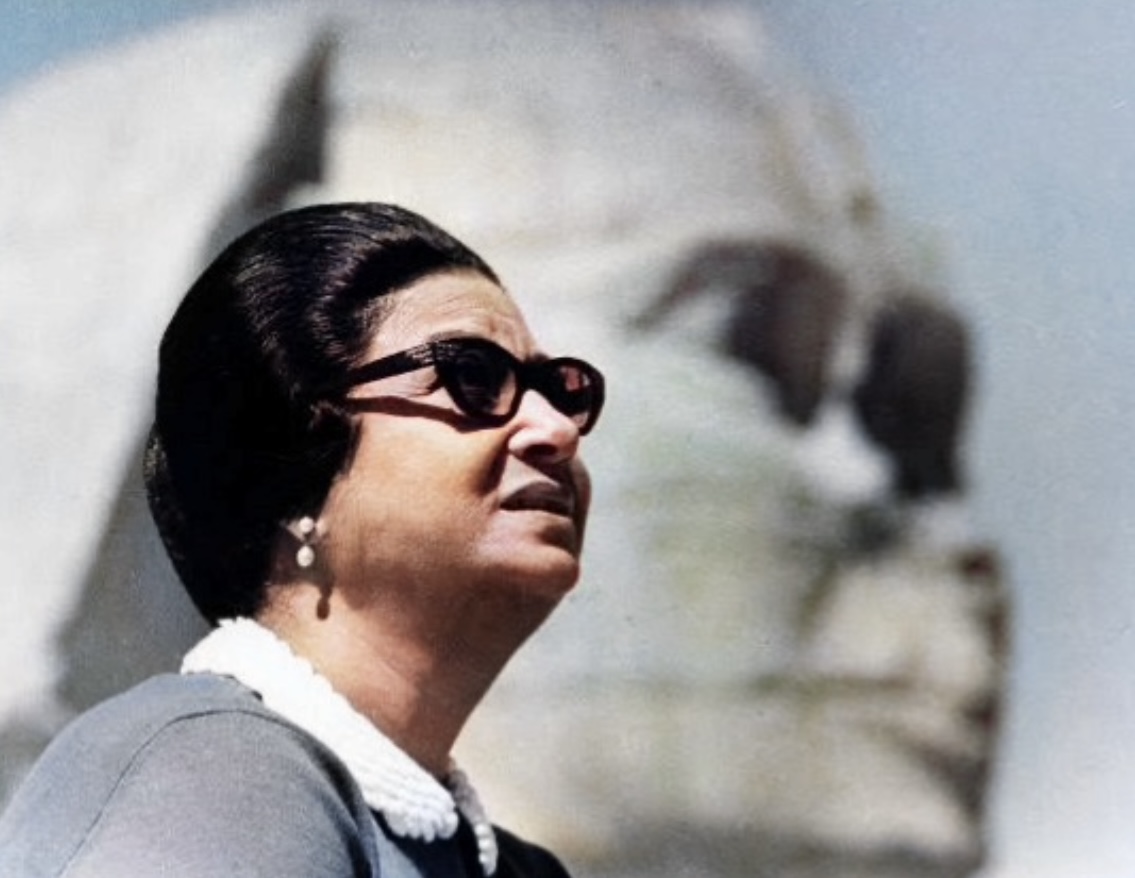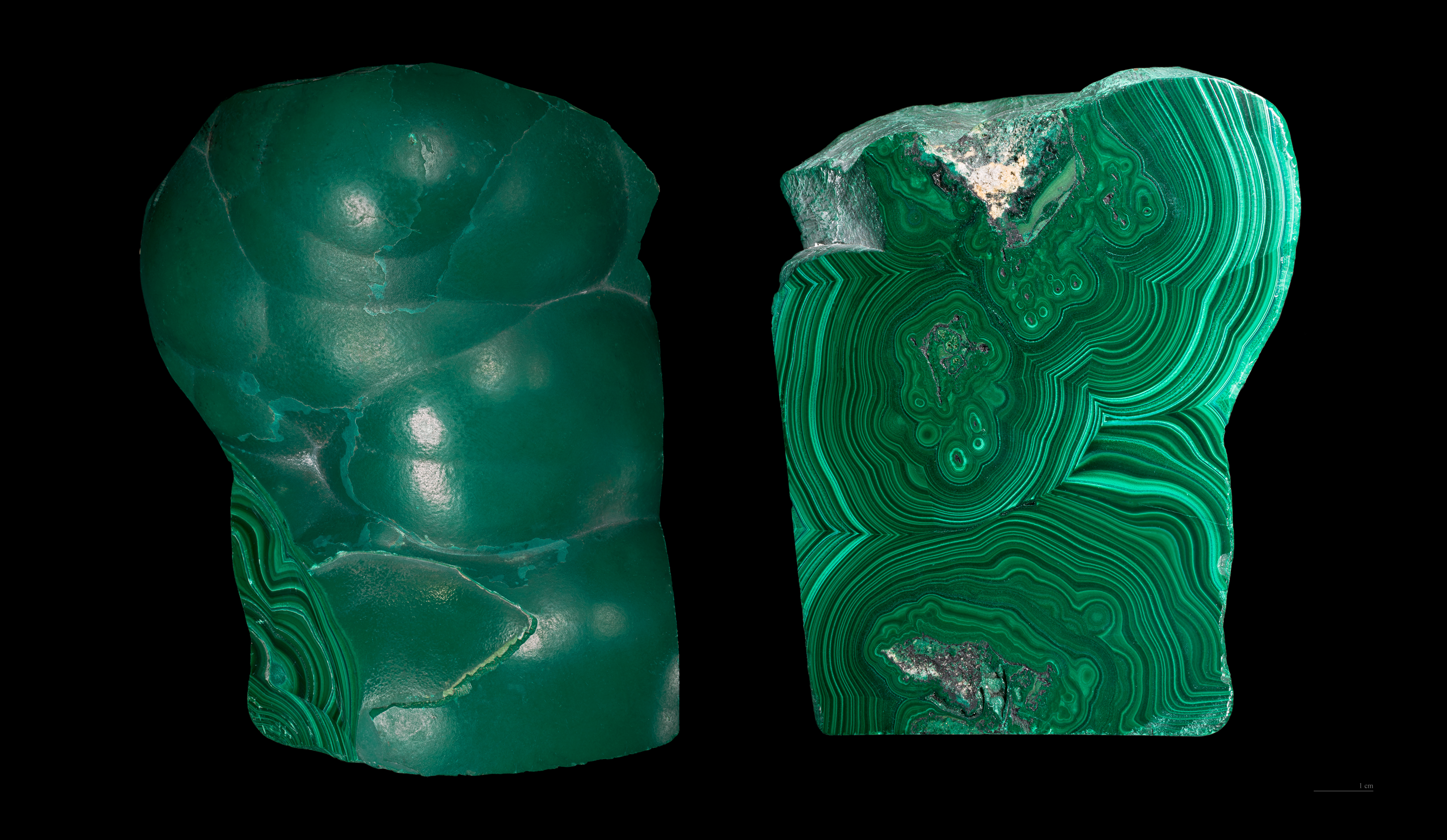|
SOBEDI
SOBEDI (a contraction for ''So''ciété ''Be''lge du ''Di''sque) was a prominent Belgian record company and manufacturer established by Fernand Janssens. Headquartered in Brussels, with ancillary facilities in Ghent for pressing, plating, and printing, SOBEDI played a significant role in the European and Congolese music industries. The company operated multiple record labels, including Olympia (alternatively styled as Disques Olympia, Olympia Platen, and sporadically Discos Olympia), NewTone Records, Beffroi-Halle Toren-Belfry, Kongo Bina, Lomeka, Piccolo, Regina, Rythme, Metrophone, and Novelty. These labels featured recordings by a diverse range of European—predominantly Belgian—and Congolese artists. SOBEDI expanded its reach internationally through partnerships, including representation by London Records of Canada Ltd. in Canada and Pathé Marconi EMI in France. Beyond its proprietary labels, SOBEDI rendered pressing services for numerous record companies, such as Artone ... [...More Info...] [...Related Items...] OR: [Wikipedia] [Google] [Baidu] |
Brussels
Brussels, officially the Brussels-Capital Region, (All text and all but one graphic show the English name as Brussels-Capital Region.) is a Communities, regions and language areas of Belgium#Regions, region of Belgium comprising #Municipalities, 19 municipalities, including the City of Brussels, which is the capital of Belgium. The Brussels-Capital Region is located in the central portion of the country. It is a part of both the French Community of Belgium and the Flemish Community, and is separate from the Flemish Region (Flanders), within which it forms an enclave, and the Walloon Region (Wallonia), located less than to the south. Brussels grew from a small rural settlement on the river Senne (river), Senne to become an important city-region in Europe. Since the end of the Second World War, it has been a major centre for international politics and home to numerous international organisations, politicians, Diplomacy, diplomats and civil servants. Brussels is the ''de facto' ... [...More Info...] [...Related Items...] OR: [Wikipedia] [Google] [Baidu] |
Belgian Congo
The Belgian Congo (, ; ) was a Belgian colonial empire, Belgian colony in Central Africa from 1908 until independence in 1960 and became the Republic of the Congo (Léopoldville). The former colony adopted its present name, the Democratic Republic of the Congo (DRC), in 1964. Colonization of the Congo Basin, Colonial rule in the Congo began in the late 19th century. Leopold II of the Belgians, King Leopold II of the Belgians attempted to persuade the Federal Government of Belgium, Belgian government to support colonial expansion around the then-largely unexploited Congo Basin. Their ambivalence resulted in Leopold establishing a colony himself. With support from a number of Berlin Conference, Western countries, Leopold achieved international recognition of the Congo Free State in 1885. By the turn of the century, the violence used by Free State officials against indigenous Congolese and a ruthless system of economic exploitation led to intense diplomatic pressure on Belgium to ... [...More Info...] [...Related Items...] OR: [Wikipedia] [Google] [Baidu] |
1840 Establishments In Belgium
__NOTOC__ Year 184 ( CLXXXIV) was a leap year starting on Wednesday of the Julian calendar. At the time, it was known as the Year of the Consulship of Eggius and Aelianus (or, less frequently, year 937 ''Ab urbe condita''). The denomination 184 for this year has been used since the early medieval period, when the Anno Domini calendar era became the prevalent method in Europe for naming years. Events By place China * The Yellow Turban Rebellion and Liang Province Rebellion break out in China. * The Disasters of the Partisan Prohibitions ends. * Zhang Jue leads the peasant revolt against Emperor Ling of Han of the Eastern Han dynasty. Heading for the capital of Luoyang, his massive and undisciplined army (360,000 men), burns and destroys government offices and outposts. * June – Ling of Han places his brother-in-law, He Jin, in command of the imperial army and sends them to attack the Yellow Turban rebels. * Winter – Zhang Jue dies of illness while his broth ... [...More Info...] [...Related Items...] OR: [Wikipedia] [Google] [Baidu] |
Music Technology
Music technology is the study or the use of any device, mechanism, machine or tool by a musician or composer to make or perform music; to musical composition, compose, music notation, notate, playback or record songs or pieces; or to Music informatics, analyze or Digital audio editor, edit music. History The earliest known applications of technology to music was prehistoric peoples' use of a tool to hand-drill holes in bones to make simple flutes. Ancient Egyptians developed stringed instruments, such as harps, lyres and lutes, which required making thin strings and some type of peg system for adjusting the pitch of the strings. Ancient Egyptians also used wind instruments such as double clarinets and percussion instruments such as cymbals. In ancient Greece, instruments included the double-reed aulos and the lyre. Numerous instruments are referred to in the Bible, including the cornu (horn), cornu, pipe (instrument), pipe, lyre, harp, and bagpipe. During Biblical times, the ... [...More Info...] [...Related Items...] OR: [Wikipedia] [Google] [Baidu] |
Disc Cutting Lathe
upPresto 8N Disc Cutting Lathe (1950) used by the Canadian Broadcasting Corporation to record radio programs A disc cutting lathe is a device used to transfer an audio signal to the modulated spiral groove of a blank master disc for the production of phonograph records. Disc cutting lathes were also used to produce broadcast transcription discs and for direct-to-disc recording. Overview Disc cutting lathes utilize an audio signal, sent through a cutting amplifier to the cutter head, which controls the cutting stylus. The cutting stylus engraves a modulated spiral groove corresponding to the audio signal into the lacquer coating of the master disc. The direct metal mastering (DMM) process uses a copper-coated rather than lacquer-coated disc. Before lacquer discs, master recordings were cut into blank wax discs. Once complete, this master disc is used to produce matrices from which the record is pressed. For all intents and purposes, the finished record is a facsimile of this ... [...More Info...] [...Related Items...] OR: [Wikipedia] [Google] [Baidu] |
Loningisa
Loningisa was a studio and record label based in Kinshasa in the Democratic Republic of the Congo (then known as Zaire). Loningisa was made famous by the emergence of the African rumba band OK Jazz, whose music became popular, and a big influence on African and Congolese popular music. OK Jazz included Francois Luambo Makiadi who emerged as Zaire's first true pop-music star, particularly his guitar playing abilities. Franco and all other members of OK Jazz were tutored and trained at the Loningisa studios. The group formed via collective participation at Loningisa's studios as players in sessions and the house band titled 'Bana Loningisa' (Loningisa Boys). Loningisa was founded by Congolese Greek brothers Athanase and Basile Papadimitriou in 1950. In 1974, Mobutu ordered the company be confiscated and turned over to a native Congolese owner as part of his Zairianisation program. Zairianisation was not favorable for the company, and the Mobutu regime turned the company back ... [...More Info...] [...Related Items...] OR: [Wikipedia] [Google] [Baidu] |
Music Catalog
In the music industry, a collection of musical compositions is cataloged into a music catalog. The owner owns the copyrights of the cataloged compositions. See also * Catalogues of classical compositions * Commission (art) * History of music publishing * Music library * Music publisher * Patronage * Thematic catalogue * Repertoire Repertory or repertoire () is the list or set of works a person or company is accustomed to performing. Whether the English or French spelling is used has no bearing, but it was the French word, with an accent on the first e, , that first took ho ... References Recorded music Music industry Music publishing Copyright law Musical terminology {{business-term-stub ... [...More Info...] [...Related Items...] OR: [Wikipedia] [Google] [Baidu] |
Phonograph
A phonograph, later called a gramophone, and since the 1940s a record player, or more recently a turntable, is a device for the mechanical and analogue reproduction of sound. The sound vibration Waveform, waveforms are recorded as corresponding physical deviations of a helical or spiral groove engraved, etched, incised, or impressed into the surface of a rotating cylinder or disc, called a ''Phonograph record, record''. To recreate the sound, the surface is similarly rotated while a playback #Stylus, stylus traces the groove and is therefore vibrated by it, faintly reproducing the recorded sound. In early acoustic phonographs, the stylus vibrated a Diaphragm (acoustics), diaphragm that produced sound waves coupled to the open air through a flaring Horn loudspeaker, horn, or directly to the listener's ears through stethoscope-type earphones. The phonograph was invented in 1877 by Thomas Edison; its use would rise the following year. Alexander Graham Bell's Volta Laboratory an ... [...More Info...] [...Related Items...] OR: [Wikipedia] [Google] [Baidu] |
Urban Sprawl
Urban sprawl (also known as suburban sprawl or urban encroachment) is defined as "the spreading of urban developments (such as houses and shopping centers) on undeveloped land near a city". Urban sprawl has been described as the unrestricted growth in many urban areas of housing, commercial development, and roads over large expanses of land, with little concern for very dense urban planning. Sometimes the urban areas described as the most "sprawling" are the most densely populated. In addition to describing a special form of urbanization, the term also relates to the social and environmental consequences associated with this development. In modern times some suburban areas described as "sprawl" have less detached housing and higher density than the nearby core city. Medieval suburbs suffered from the loss of protection of city walls, before the advent of industrial warfare. Modern disadvantages and costs include increased travel time, transport costs, pollution, and dest ... [...More Info...] [...Related Items...] OR: [Wikipedia] [Google] [Baidu] |
Music Of Africa
The continent of Africa is vast and its music is diverse, with different Regions of Africa, regions and List of African countries, nations having many distinct musical traditions. African music includes the genres like makwaya, highlife, Mbube (genre), mbube, township music, Jùjú music, jùjú, Fuji music, fuji, jaiva, afrobeat, Afro fusion, afrofusion, mbalax, Congolese rumba, soukous, ndombolo, makossa, kizomba, taarab and others. African music also uses a large variety of instruments from all across the continent. The music and dance of the African diaspora, formed to varying degrees on African musical traditions, include music of the United States, American music like Dixieland jazz, blues, jazz, and many Caribbean music, Caribbean genres, such as calypso music, calypso (see kaiso) and soca music, soca. Latin American music genres such as cumbia, salsa music, son cubano, Cuban rumba, rumba, conga (music), conga, Bomba (Puerto Rico), bomba, samba and Zouk (musical movemen ... [...More Info...] [...Related Items...] OR: [Wikipedia] [Google] [Baidu] |
Lingala
Lingala (or Ngala, Lingala: ) is a Bantu languages, Bantu language spoken in the northwest of the Democratic Republic of the Congo, the northern half of the Republic of the Congo, in their capitals, Kinshasa and Brazzaville, and to a lesser degree as a trade language or because of emigration in neighbouring Angola or Central African Republic. Lingala has 20 million native speakers and about another 20 million second-language speakers, for an approximate total of 40 million speakers. A significant portion of both Congolese diasporas speaks Lingala in their countries of immigration like Belgium, France or the Congolese Americans, United States. History Before 1880, Bangi language, Bobangi was an important trade language on the western sections of the Congo River, between Stanley Pool (Kinshasa) and the confluence of the Congo and Ubangi River, Ubangi rivers (Republic of Congo and Democratic Republic of Congo). When the first Europeans and their West- and East-African troops start ... [...More Info...] [...Related Items...] OR: [Wikipedia] [Google] [Baidu] |
Katanga Province
Katanga was one of the four large provinces created in the Belgian Congo in 1914. It was one of the eleven provinces of the Democratic Republic of the Congo between 1966 and 2015, when it was split into the Tanganyika Province, Tanganyika, Haut-Lomami, Lualaba Province, Lualaba, and Haut-Katanga provinces. Between 1971 and 1997 (during the rule of Mobutu Sese Seko when Congo was known as Zaire), its official name was Shaba Province. Katanga's area encompassed . Farming and ranching are carried out on the Katanga Plateau. The eastern part of the province is a rich mining region which supplies cobalt, copper, tin, radium, uranium, and diamonds. The region's former capital, Lubumbashi, is the second-largest city in the Congo. History Copper mining in Katanga dates back over 1,000 years, and mines in the region were producing standard-sized ingots of copper for international transport by the end of the 10th century CE. In the 1890s, the province was beleaguered from the south by ... [...More Info...] [...Related Items...] OR: [Wikipedia] [Google] [Baidu] |







